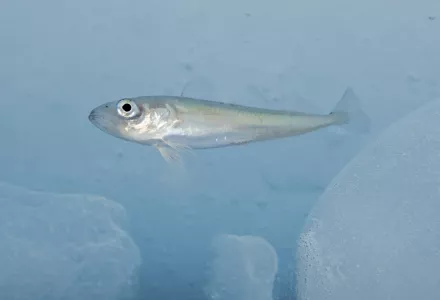
Abstract
On 25 June 2021, a historic fisheries Agreement entered into force: The Agreement to Prevent Unregulated High Seas Fisheries in the Central Arctic Ocean (CAO). Nine countries and the European Union agreed to refrain from any commercial fishing in the CAO and to jointly undertake a scientific effort to understand ecosystem dynamics, including fish populations. This was the first multilateral Agreement to take a legally binding, precautionary approach to protect an area from commercial fishing before fishing had begun. The Agreement is a textbook example of the precautionary principle as it works to take “preventive action in the face of uncertainty.” However, despite the precautionary principle’s popularity with natural resource academics, it is rare for countries to forego economic benefits and to adopt this approach in managing resources. So, what made this Agreement possible? And what can we learn from this Agreement that could provide guidance on other resource management challenges? This paper explores the unique conditions that made this Agreement possible and examines how success was achieved by the interrelationships of science, policy, legal structures, politics, stakeholder collaboration, and diplomacy. In summary, this paper concludes that a series of factors helped make this Agreement possible, including but not limited to: scientific breakthroughs coupled with science-based legal frameworks; proactive partnerships between industry, environmental non-profits, and government; willingness of international stakeholders to learn from prior mistakes; and a nation willing to be the first-mover in foregoing future economic profits within their own Exclusive Economic Zone to order to benefit ecosystems beyond their waters.
Calderwood, Cayla and Fran Ulmer. “The Central Arctic Ocean Fisheries Moratorium: A Rare Example of the Precautionary Principle in Fisheries Management.” Polar Record, January 16, 2023
The full text of this publication is available via Polar Record.


